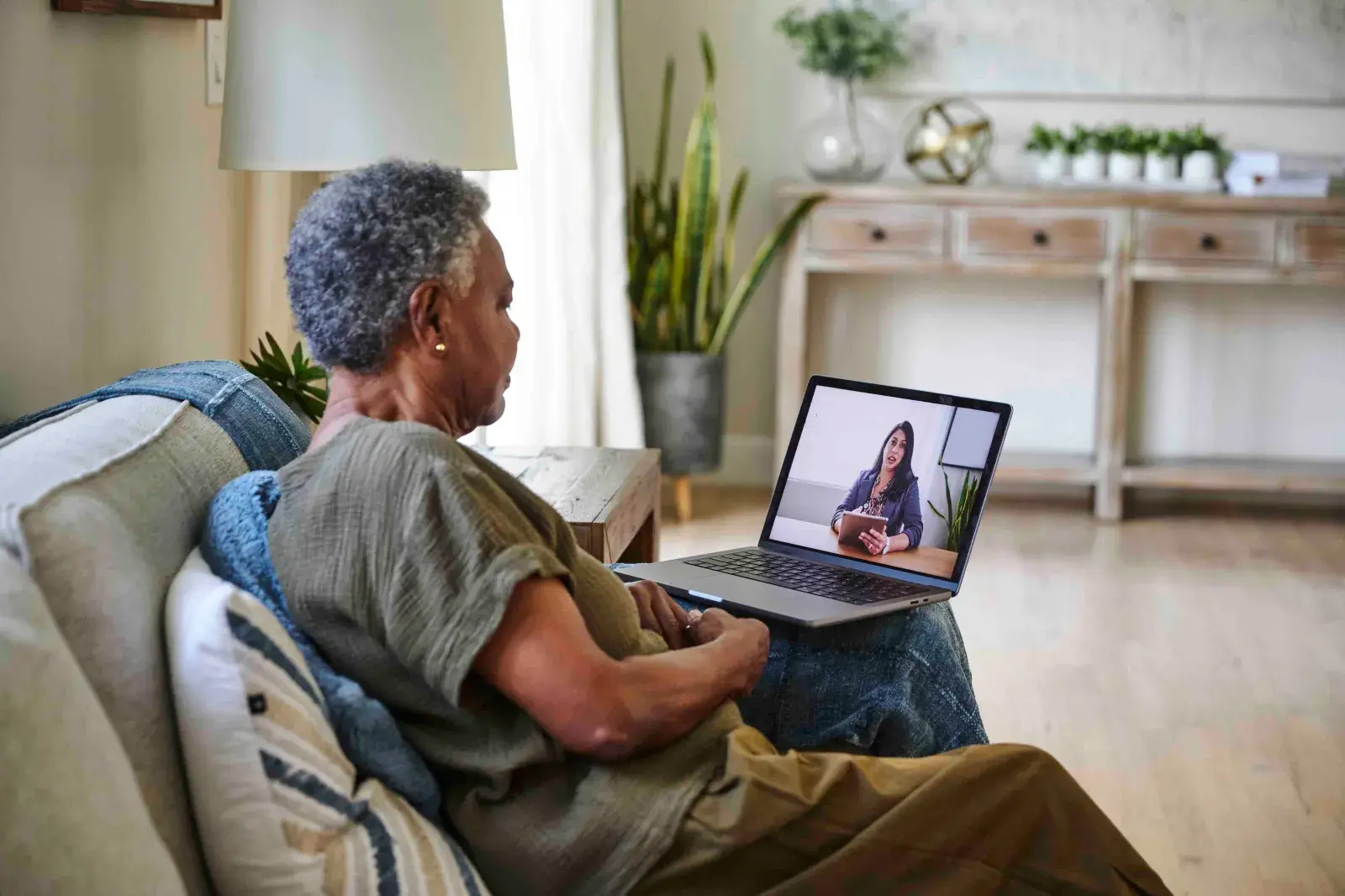Copyright newsweek

Rural health in America has always been about distance. Distance to specialty care. Distance to diagnostics. Distance to opportunity. For many families, that distance defines health outcomes as much as any lab result. Too far often translates to too late. Artificial intelligence is not a slogan in that story. It is a set of tools that shorten distance and make scarce capacity count. When designed well, AI extends the reach of clinicians, reduces avoidable friction and learns from every encounter so that the next decision is faster and more accurate. In rural medicine, these are not abstract benefits, but rather the potential difference between continuity and collapse. The policy environment is shifting again. Medicare’s broad telehealth flexibilities expired on September 30, 2025, unless Congress renews them. Some behavioral health services will continue under tighter in-person visit rules. The Acute Hospital Care at Home program also expired on that same date, according to the Bipartisan Policy Center. Those changes raise the bar for designing services that can adapt to policy changes and still deliver for rural communities. Senior female patient taking online consultation with doctor through laptop at home That challenge is not new. But it now intersects with a technological moment that can either widen or significantly close the gap. The question is not whether AI will reach rural health, but whether it will be implemented using effective design principles and in a timely manner to address emerging challenges. The most promising examples are not flashy. They are quiet systems that fit around real clinical days. In small clinics and critical access hospitals, where no one has extra hands or hours, AI is most effective when it vanishes into workflow. An ambient scribe that removes an hour of notetaking from a physician’s day is not futuristic; it is humane. Smart scheduling tools that spot bottlenecks before patients arrive, or automated prompts that simplify complex documentation, do not need fanfare to matter. The right technology makes the existing system breathe again. Diagnostics show a similar path. When care depends on long travel, patients often decline to make the trip. The technology should move instead. Rural systems can adopt web-native medical imaging exchanges so that a scan captured in one place can be read and interpreted in another without delay. The standards already exist. DICOMweb protocols allow secure storage, search and retrieval of images, while interoperability frameworks from the Office of the National Coordinator for Health Information Technology make it possible to share across networks. Quiet, practically invisible, interoperability matters more than any single algorithm because it removes the friction that slows care. Remote monitoring is another practical frontier. For rural patients, travel is often an obstacle, and workforce shortages make consistent follow-up difficult. Continuous or near-continuous physiologic data can bridge that distance. CMS’s 2026 proposed rule would relax the 16-day data requirement for remote patient monitoring and adjust billing thresholds to better reflect real clinical practice. That shift rewards genuine chronic disease management rather than box-checking. When built around real clinical intent, AI can help sort and score incoming data, identify what requires escalation, and suppress what does not. The measure of success is simple: fewer exacerbations, fewer avoidable transfers and steadier management of chronic illness. Trust, however, is what determines adoption. Rural communities are not anti-technology. They are anti-mystery. This aligns with research showing that rural social identity predicts skepticism of external experts, illustrating a rural orientation toward prudent distrust. If a service records, it should say so. If a model assists a decision, it should show what information it used and how it performed over time. Bias and drift monitoring should be standard so that system leaders can see whether performance holds across populations and time. Transparency that builds confidence in rural areas can also strengthen governance in urban hospitals. The recent expiration of federal flexibilities for telehealth and hospital-at-home services should not become an excuse to slow innovation. Those programs were lifelines during the pandemic, and their temporary nature exposed how dependent many rural communities have become on virtual care. The lesson of the past five years is that telehealth and at-home models are not conveniences; they are capacity. They help avert unnecessary hospitalizations, minimize unneeded patient transfers, and make specialized care more accessible to patients in their own communities. Whether or not Congress restores broader flexibilities, the operational case for resilient virtual care remains clear. Health systems should design for continuity even when rules change. The larger question ...



